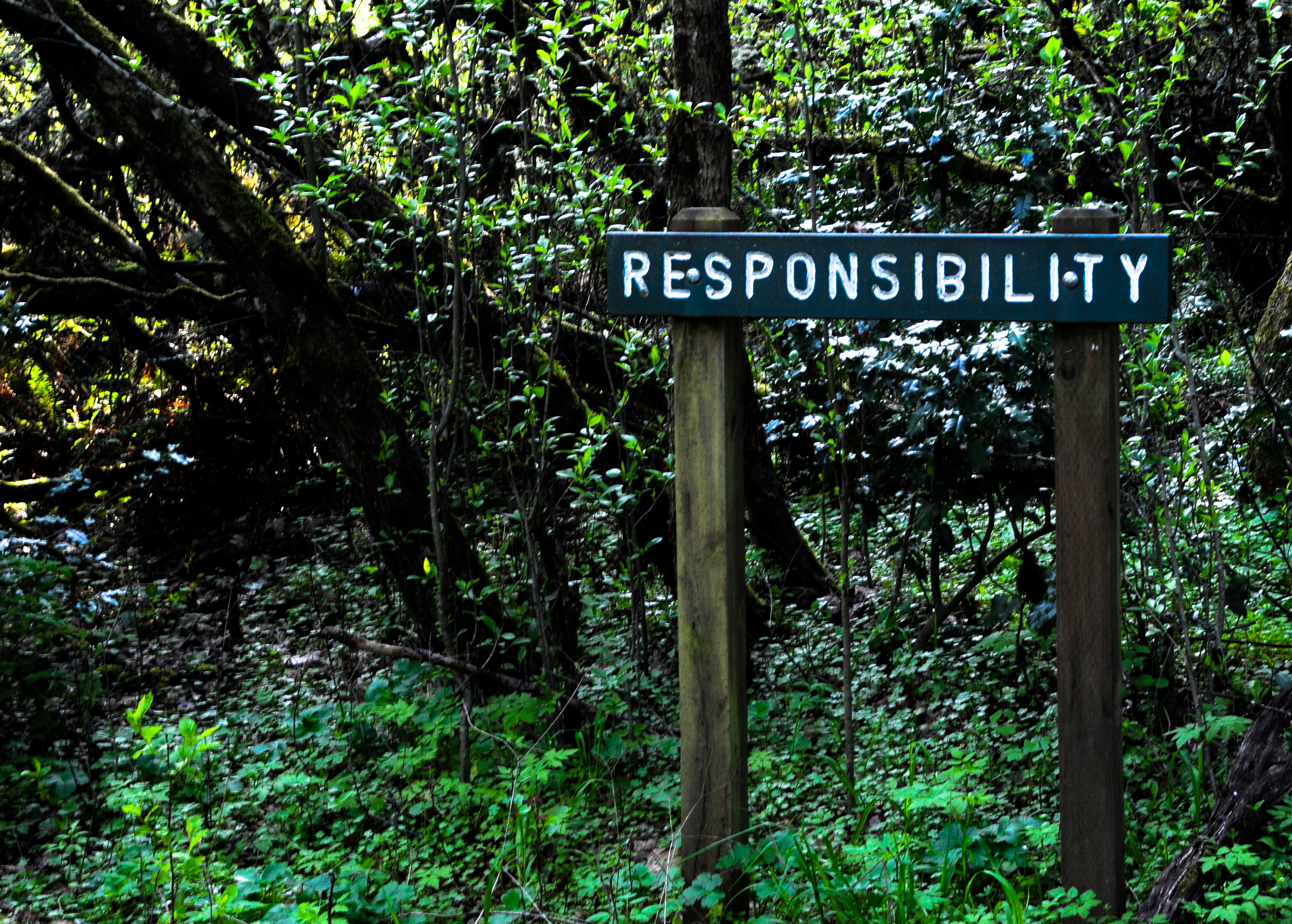
November 21, 2016, by Brigitte Nerlich
Meanings of RRI: The missing link between theory and practice
This is a guest post by Alasdair Taylor, Industry Programme Manager at The Royal Society, formerly a research chemist at the University of Nottingham.
This blog post is based on the author’s article (co-authored with Sarah Hartley and Warren Pearce), ‘Against the tide of depoliticisation: The politics of research governance’, published open access in Policy & Politics.
***
Science, technology and innovation are increasingly seen as key drivers for economic growth. Illustrating the point, only today the UK government has announced £2bn of funding per year to boost investment in research and development as a core part of its new industry strategy.
Part of both the UK government’s announcement, but common to the policies and strategies of many other nations, is the importance of identifying and nurturing the growth of new and emerging technologies is seen by policy makers as a vital aspect of this process. These “emtechs”, which include fields such as artificial intelligence, synthetic biology and gene therapy, are seen as key enablers of future industries, and nation states enter global races to ensure competitive advantage. Public funding becomes available to researchers in academia, strategic investments are made in centres of excellence, and innovation and entrepreneurship promoted in industry.
Technology and society
However, many new technologies can become the centre of political debate and controversy over issues such as ethics, religion, health and the environment and the future impact on jobs and employment. To consider these issues more closely, there have been a number of attempts over the years to increase democratic inputs into research governance. The latest, responsible research and innovation (RRI), requires all societal actors, including researchers, publics and policy makers, to work together across the whole research and innovation process so as to better align outcomes with the values and needs of society. Although several frameworks exist, RRI has gained traction in research funding governance in the UK and EU, with researchers required to incorporate an RRI component in certain publicly funded projects.
RRI: from theory to practice
Realising that this inclusion of RRI into research funding presented an important moment in the transition from “RRI-in-theory” to “RRI-in-practice”, we decided to investigate how actors within a research-intensive university were interpreting RRI. We anticipated that with minimal policy guidelines existing about what “RRI-in-practice” could look like, there might be a lack of a unified vision and relative freedom for researchers to apply their own meanings to the term.
Interviewing researchers, from both the sciences and humanities, and managers involved in research governance at the university we asked what responsibility meant to them and interrogated their understanding of RRI and where they found information about it. With RRI still a nascent tool in research governance at the start of the project, it was perhaps unsurprising that initially few of those we interviewed had heard of RRI or could articulate a detailed meaning of it (this despite the University having just won two major scientific research grants incorporating RRI). Several participants were able to draw on other, older frameworks for incorporating social dimensions into science or related RRI to their backgrounds in fields such as sustainability or research ethics.
Meanings of RRI
There were a number of emerging meanings of RRI-in-practice we identified in our investigation. Participants did see RRI as an opportunity for stakeholder engagement and interdisciplinary research between social scientists and scientists, although they lacked imagination about what this might look like.
At one level, RRI was interpreted as securing support for science and research through outreach to enthuse the public about scientific benefits and create a strong pipeline of future scientists. The desire to avoid another GM crisis, where research in much of the EU has been curtailed after public outcry, loomed large in those viewing RRI in this way. In practice, this would mean RRI being out-sourced to professionals, such as science communicators or social scientists, who communicate with or “represent” the public, while scientists continue with their research.
Some participants did see a greater role for interdisciplinary collaboration between social scientists and scientists, working together to co-create research. In some meanings of RRI, external stakeholders, ranging from commercial partners to broader societal groups, were given a greater role in shaping research, although scientists were generally unable to imagine a situation where a research project should be stopped by the public.
Finally, some saw RRI as an opportunity to train and educate future generations of researchers to reflect and anticipate future impacts of their research and consider the role stakeholder engagement could play in this. Over time this might deliver a culture change, creating more “socially-leaning” science researchers.
Challenges
The range of meanings that were placed on RRI by the participants in this study results from the open and flexible definition RRI has in UK research policy. A careful balance has to be made – if the definition of RRI is too open, numerous interpretations by actors will render it meaningless; too narrow a definition may close off opportunities for the wider public engagement in shaping research decisions it is meant to provide. That it has already been integrated into some funding policies and certain research communities, such as synthetic biology, is a cause for hope, but there is much hard work still to be done if RRI is going to be a tool to include society’s voice in the development of emerging technologies.
Image credit: Nosha, Flickr
No comments yet, fill out a comment to be the first

Leave a Reply